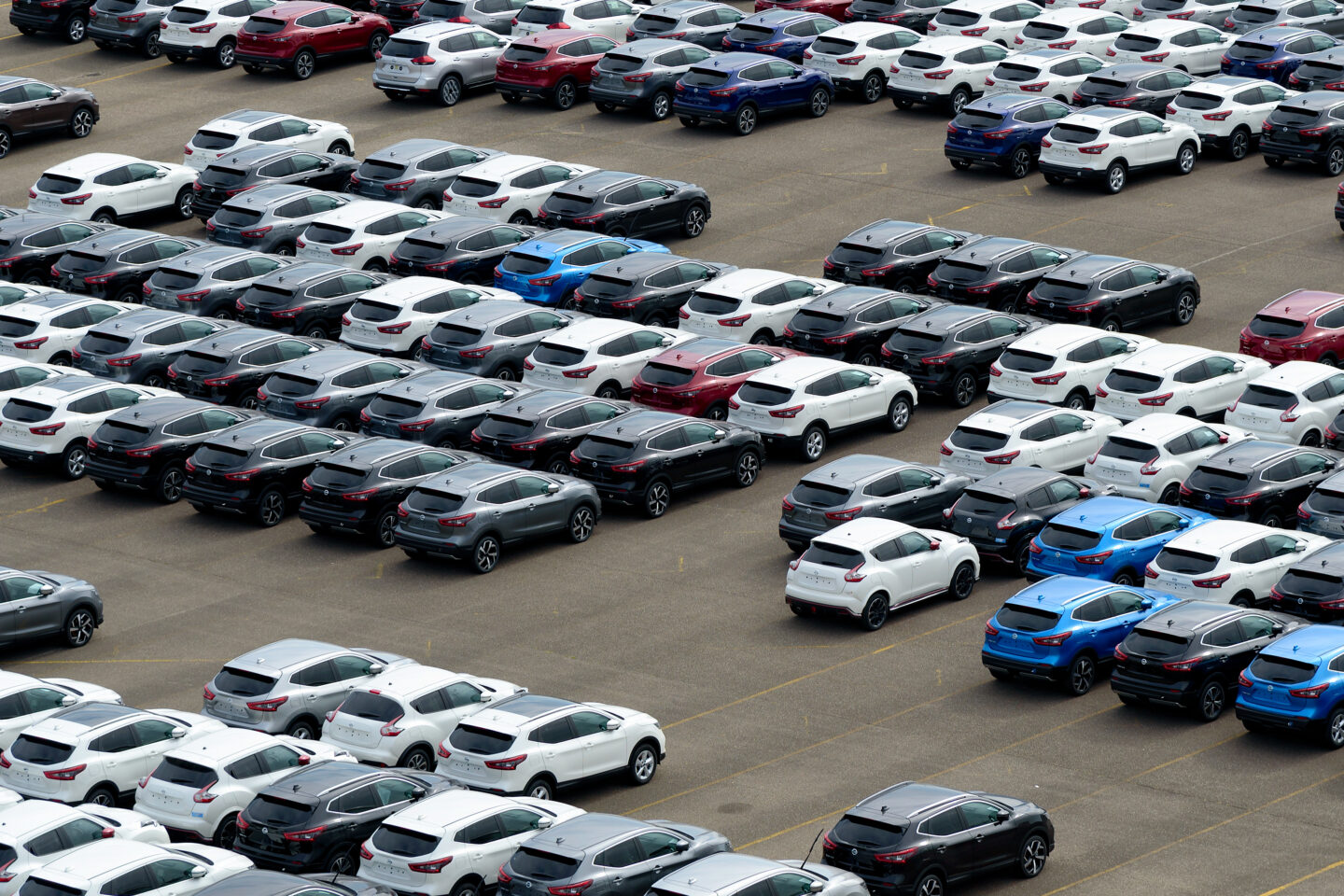India’s car market is on a roll this Navratri, driven by a historic combination of GST (Goods and Services Tax) cuts and strong festive demand. Industry leaders Tata Motors, Maruti Suzuki, and Hyundai posted bumper single-day sales, setting new records as lower prices and seasonal offers lured thousands of buyers into showrooms.
GST 2.0: Direct Benefits for Compact Car Buyers
The gamechanger this season is the revamped GST structure. Under the latest rules, the tax on sub-4-metre cars (with petrol, LPG, or CNG engines below 1200 cc, and diesel below 1500 cc) has been slashed from 28% to 18%, while the additional compensation cess is eliminated[livemint][ndtv][autocarindia]. This means popular models in the compact and premium segment—like Maruti’s Baleno, Swift, and Tata’s Punch—are now significantly more affordable, with on-road prices dropping by thousands of rupees per car.
Bumper Sales: Navratri’s Opening Day Stats
-
Maruti Suzuki: Sold over 30,000 cars in a single day, its best performance in 35 years; received 80,000 enquiries. Small car bookings spiked 50% versus usual festive periods.
-
Tata Motors: Retail sales around 10,000 units on day one of Navratri; received over 25,000 customer enquiries, led by strong demand for the Nexon and Punch.
-
Hyundai: Delivered 11,000 cars—its strongest single-day tally in five years.
Showrooms in major cities extended hours to accommodate the rush, and several best-selling variants are reportedly running short on stock due to “unprecedented” demand[livemint][ndtv].
The Power of Price Cuts and Festive Offers
Industry executives cite a combination of lower GST rates and aggressive discounts as the main driver of this surge. With price cuts as high as ₹1 lakh on select compact cars after GST 2.0, buyers are seizing the opportunity, and analysts note that the market response has been “phenomenal.”
“Lower prices have brought in a wave of new customers just as the festive mood sets in,” said a Maruti Suzuki executive. Hyundai’s Tarun Garg described the rush as “our highest single-day performance in the last five years,” and Tata’s dealers are working overtime to keep up with bookings and walk-ins.
What Next? Can the Surge Last?
While this spike is tied to Navratri and post-GST rate enthusiasm, questions remain about how sustained demand will be:
-
Compact and entry-level cars get the lion’s share of benefits, which could drive further small-car market share gains.
-
EVs, SUVs, and luxury models saw comparatively smaller price cuts, so their sales trends may differ.
-
Automakers expect strong momentum through Diwali: a wait-and-see approach is advised for how the GST cuts affect monthly sales going forward[autocarindia][cardekho].
As of now, India’s auto industry is enjoying a rare alignment of tax reform and festival cheer—one that’s put new cars and compact Nexa models into the hands of more buyers than ever before.




